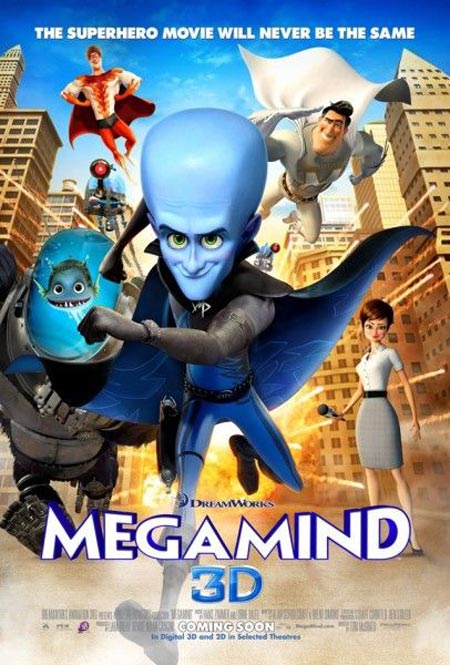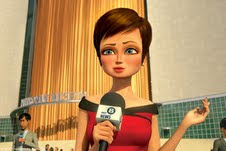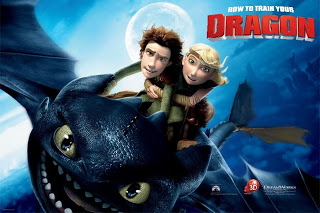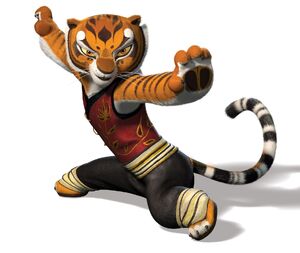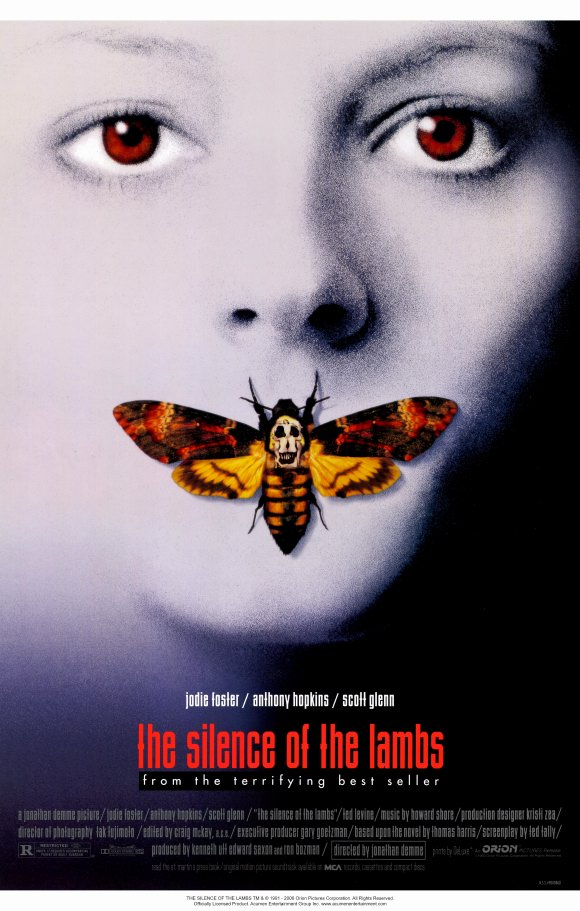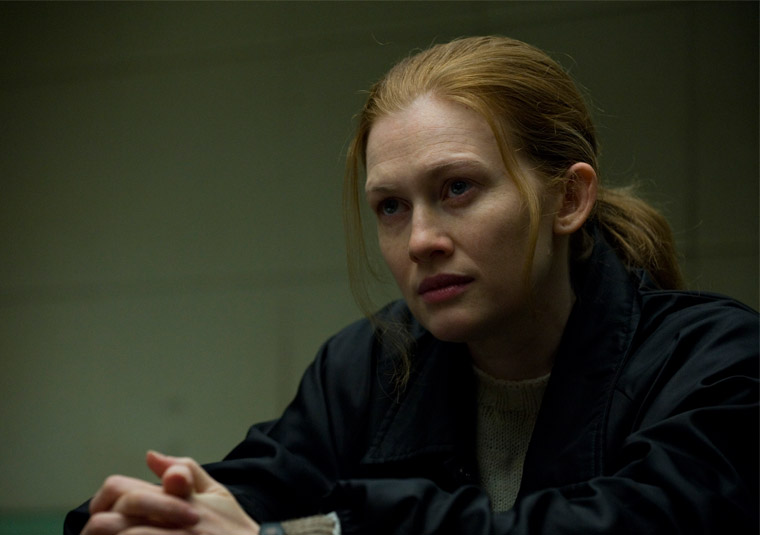 |
| Lisbeth Salander (Rooney Mara) in “The Girl With the Dragon Tattoo” |
Lisbeth Salander consumes my thoughts. I’ve spent the last year and a half reading, writing, analyzing, debating and discussing the punk hacker. As a huge fan of the books and the original Swedish films, I was NOT excited to see The Girl With the Dragon Tattoo Hollywood remake.
Plagued by sexist marketing that seemed to focus solely on Mikael and depict Lisbeth as a sexpot damsel in distress, I feared Hollywood would wreck one of the most unique female protagonists in pop culture. With trepidation, I watched David Fincher’s take on Stieg Larsson’s epic. While some gender problems arose, I’ve got to admit I was pleasantly surprised. And it all hinges on Rooney Mara’s performance.
For those who don’t know, The Girl With the Dragon Tattoo, the first part in the global phenomenon of The Millennium Trilogy, features disgraced crusading journalist Mikael Blomkvist (Daniel Craig) and brilliant researcher Lisbeth Salander (Rooney Mara) who unite to solve the mystery of a woman who disappeared 40 years ago. The gritty, tense plot fuses with social commentary on violence against women, sexuality and gender roles.
Do we really need an American remake? Fincher, a notoriously obsessive and detailed filmmaker, creates a gorgeous film evoking a macabre ambiance. Trent Reznor’s eerie and haunting score punctuates each slickly stylized scene perfectly. Phenomenal actors fill the screen: Craig, Robin Wright (who I will watch in absolutely anything), Christopher Plummer, Stellan Skarsgaard, Vanessa Redgrave. While everyone does their best, the remake isn’t quite as compelling as the original. I never really felt invested in any of the characters. Except for Lisbeth. The sole reason to see the film is Mara’s stellar portrayal.
Lisbeth Salander is a role of a lifetime. Both Noomi Rapace (in the original film) and Mara underwent grueling auditions and year-long transformations including haircuts, body piercings (ears, eyebrow, lip, nose, nipple), nudity, kickboxing workouts, and learning skateboarding and motorcycle riding. A sullen introvert, Lisbeth is strong, fiercely independent and self-sufficient. She possesses a razor-sharp intellect and relentless survivor instincts. She’s endured horrific trauma and betrayal yet refuses to be a victim.
Fincher obstinately fought for Mara as Sony Studios didn’t want her for the part. After watching the film, I can see why Fincher refused to concede. It’s hard to dissect Mara’s Golden Globe-nominated performance and pinpoint precisely what she does that makes her so compelling. And that’s because as Melissa Silverstein writes, she “disappears into the role.” When Lisbeth greets the people she cares about, her guardian Holger Palmgren and Mikael, she frenetically says, “Hey, hey,” a small detail adding depth and nuance to the character. It’s in the clipped cadence of her voice, her slumped shoulders, her wounded eyes. Mara doesn’t merely play Lisbeth. She becomes her.
 |
| Lisbeth Salander (Rooney Mara) and Mikael Blomkvist (Daniel Craig) |
But I loved them both. For me, neither one is better. Both bring something unique conveying different facets of Lisbeth’s personality. They belong to two sides of the same coin. Mara, who had ginormous shoes to fill with Rapace’s ferocious portrayal in the original, gave a captivating performance. I’m glad the shitty marketing didn’t keep me away or I would have missed one of the best performances of the year.
People have simultaneously praised and condemned The Girl With the Dragon Tattoo for its graphic depiction of rape. The American version doesn’t shy away from the brutal scene. We live in a rape culture often glorifying or dismissing rape and violence against women. Author Larsson tried to show the epidemic of misogyny. The book (originally entitled Män Som Hatar Kvinnor, which translates to “Men Who Hate Women”), original Swedish film and Hollywood remake confront the stigma of sexual assault. Yet it never feels exploitative. Lisbeth refuses to be victimized. She follows her own moral compass exacting vigilante justice. She doesn’t possess traditional power. So she works within the confines of patriarchy to assert herself and take control of her life.
A huge part of the book (and the entire trilogy) is Lisbeth and Mikael’s friendship. Despite his social nature and her private behavior, they both stubbornly follow their own moral code. He’s continually surprised and amused by her unconventional comments and reactions. Mikael’s openness, humor and honesty allow Lisbeth to trust him, something she does so rarely. The movie doesn’t shirk their sexual relationship yet never captures their emotional bond. Lisbeth and Mikael also exhibit overt sexualities. Lisbeth possesses a sexual fluidity, sleeping with both women and men. Yet society views Mikael’s philandering as socially acceptable and perceives Lisbeth as an outcast. It’s a crucial gender commentary absent from the film.
But my biggest problem with Hollywood’s The Girl With Dragon Tattoo lies in one sentence. One teeny tiny sentence that threatens to unravel all of the painstaking work Mara put into her performance. SPOILER!! -> In the scene where Mikael has been cut from the noose, Lisbeth intends to run after his murderous perpetrator. She asks him, “May I kill him?”
 |
| Lisbeth Salander (Rooney Mara) |
“I think that she is many things to many different people…I was fascinated by the fact that 60-year-old men, you know 58-year-old women, 17-year-old girls were all finding something about her that was you know freeing or empowering in some kind of way. And it had been kind of sold to me as this you know misogynist avenger. But what I felt about it was ultimately that there wasn’t any kind of real feminist tract to it all.
“To me, it was very human. It’s a story of being oppressed, a story of being marginalized, a story of being made to feel less than, it’s a character that’s been made to feel less than who she thinks she is…”
Lisbeth combats misogyny and sexism. She abhors violence against women and avenges injustice. She refuses to be taken advantage of, always asserting her control. She surrenders to no one. She strives for empowerment, living life on her own terms. I agree Lisbeth wouldn’t call herself a feminist, just as she doesn’t identify as bisexual, since she doesn’t want labels confining her identity. Neither her gender, her appearance, nor her sexuality define her. Lisbeth defines herself. Every single one of these components reinforce a feminist message.
Despite Fincher and Mara’s insistent refusal, both The Girl With the Dragon Tattoo and its heroine are feminist. Saying otherwise completely misses the point of what makes Lisbeth Salander such an exhilarating icon.
